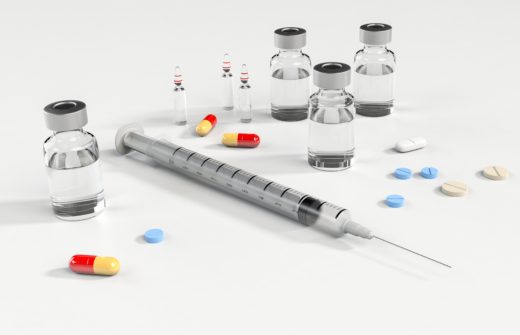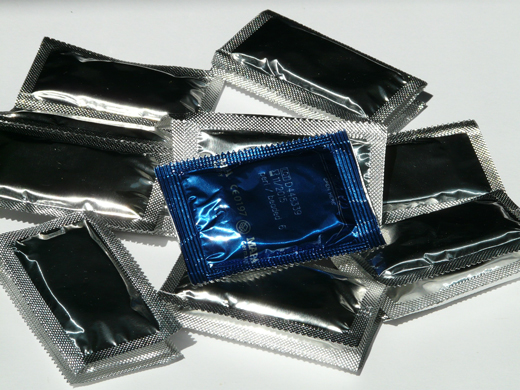What are the symptoms?
They appear a few days after contamination:
– The most common is acute urethritis, with burning sensations when urinating (the infamous clap!), pus discharge from the head of the penis, inflammation of the urethra. A sado-masochistic session really is nothing compared to that!
– Less frequently: irritation of the anus and/or rectum (proctitis) with the possibility of discharge.
– The infection can also be located in the throat (pharyngitis).
Be careful, there may be no symptoms at all…
Can this be cured?
Yes, with antibiotics, by injection or orally. If untreated, gonorrhea can infect the testicles (swelling and pain, with a high risk of sterility), the prostate (prostatitis) and cause joint pain (gonococcal arthritis).
Where and when to consult?
Regularly, as part of a sexual health check-up, especially if you have many partners, and quickly in the event of pus, urethritis, proctitis… The tests are performed on a urine sample, a urethral, rectal, or a throat sample. You can consult with your doctor, go to a specialized health centre or a CeGIDD1.
How to prevent gonorrhea with oral sex?
While you’re on treatment, avoid blowjobs. Notifying your partners will allow them to be treated if necessary and will prevent you from becoming infected again. The condom remains the best protection against the risk of gonorrhea transmission.
Français






